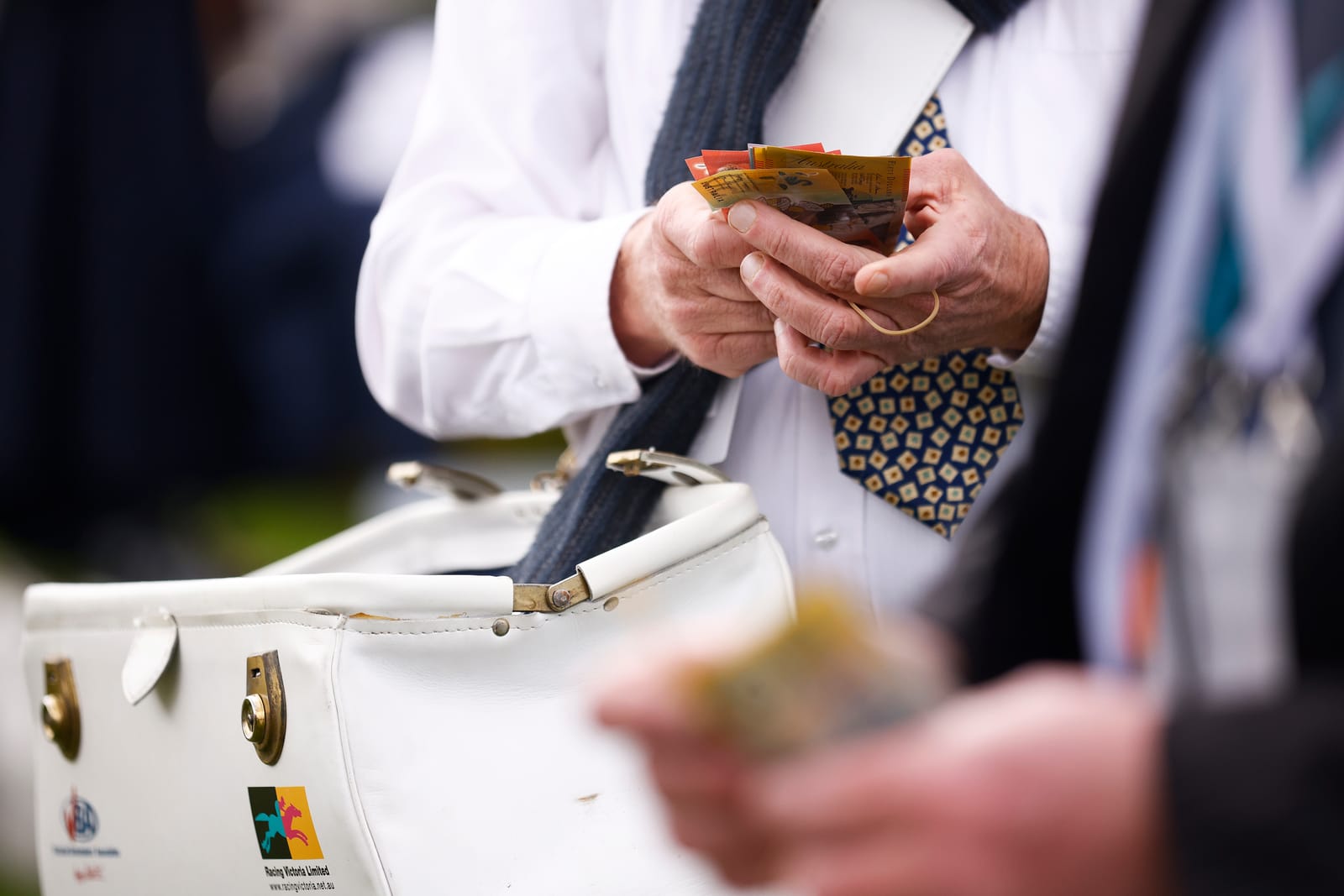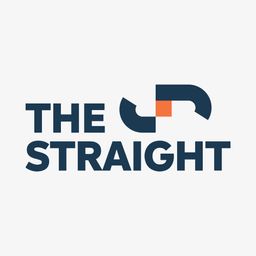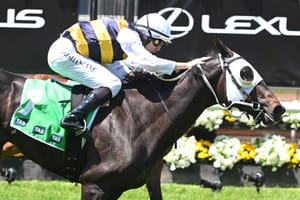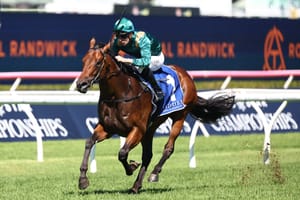Racing Victoria chief executive Aaron Morrison hopes the biggest changes to its product fees in a decade will reinvigorate wagering on racing in the state and provide more certainty to bookmakers.
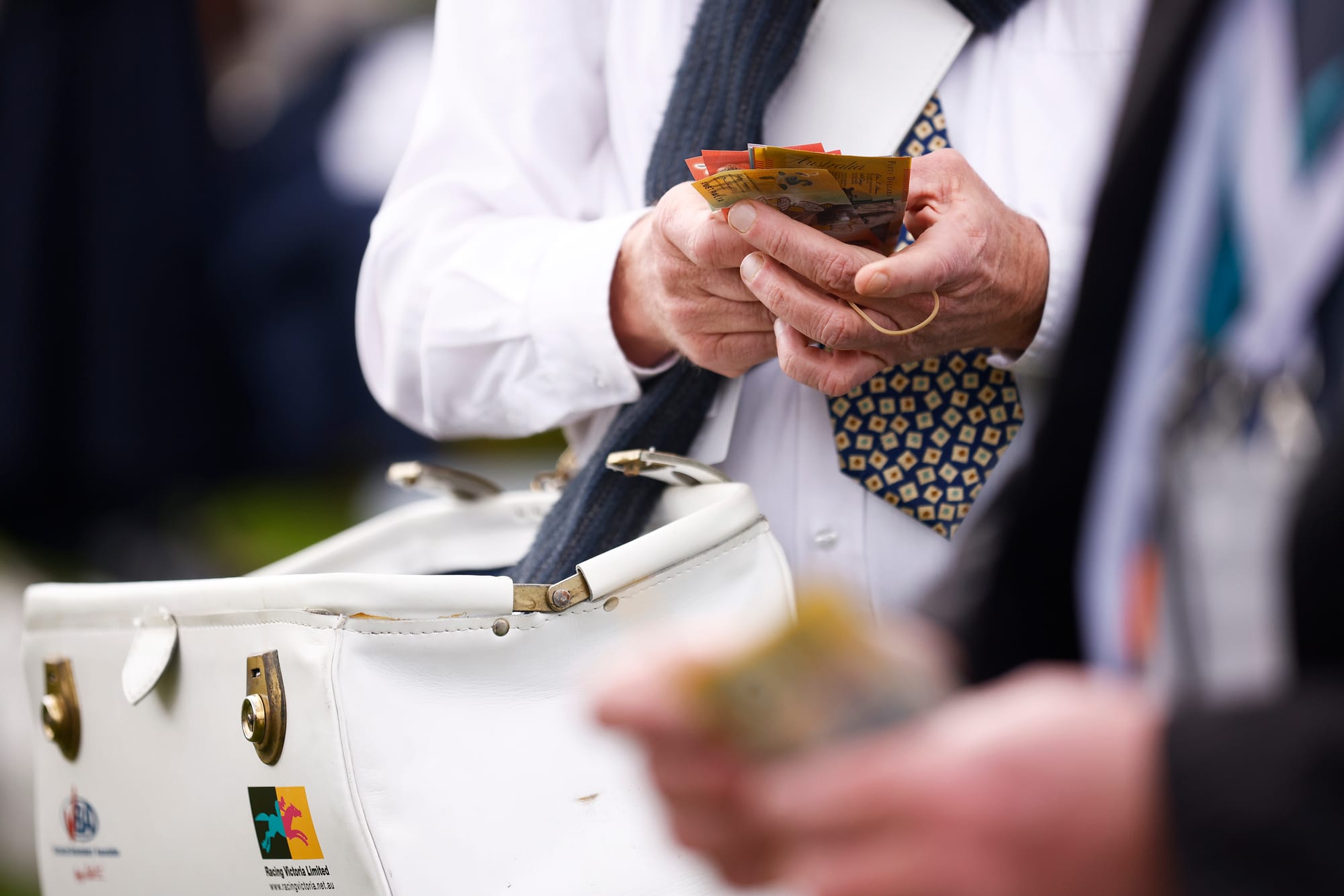
The Victorian government put its Point Of Consumption Tax up to 15 per cent in July, as part of its new funding agreement with Victorian racing bodies, compounding a more than 10 per cent decline in wagering on racing over the previous 12 months.
Racing Victoria has been working through simplification of its race fields model for some time, and with Morrison having been appointed to the chief executive’s role last month, he has acted quickly to roll out a new regime, starting October 1.
“We've been working with stakeholders for probably six to 12 months on seeking feedback around ways in which we can provide more incentive and certainty to wagering operators,” Morrison told The Straight.
“We want them to continue to promote our product in a backdrop which has become a lot more uncertain and challenging for them given rising taxes and the whole change to the industry funding model.”
The end of the joint venture with Tabcorp has allowed some extra flexibility in terms of its product fees, with the new model likely to be detrimental to Tabcorp, but of benefit to other bookmakers.
“They enjoyed a discount historically because we had the JV and they provided a disproportionate amount of funding but that's no longer the case,” Morrison said.
“They've exited the joint venture, they've pushed this agnostic level playing field model and now there's been that realignment. So that's been one change but otherwise all other operators have probably received a slight decrease in their product fees.
“The main thing though has been the risk profile of it and we've reduced a lot of the variability and the volatility.”
A move to a monthly calculation is a key aspect of the change, giving bookmakers and the PRA more predictability of costs and revenue.
The major changes are:
- Replacing current ‘greater of’ calculation with monthly calculation on turnover and revenue
- Removing all race field fees charged on free bet turnover
- Moving to single rate for all meetings
- Applying an increase to pari-mutuel rates to remove the historic discount linked to VicTAB JV
- A specific rate for on-course bookmaker activity set at 0.5 per cent
- Replacing the current threshold discount structure with new, more graduated structure
There are also specific measures put in place to encourage bigger/professional players back to the market.
Including:
- 50 per cent fee discount for HVLM Exchange betting
- Stopping WSPs restricting MBL access when operating more than one brand
- Requiring WSPs to demonstrate genuine risk when applying robotic betting MBL exclusion
Morrison believes that this simplified model can be achieved with no net negative effect on Racing Victoria’s bottom line.
“From our perspective, we start from the position that we can't easily go backwards in revenue. I've got ongoing cost pressures and demands for increasing investment, so naturally, I don't want my revenue to go backwards. So we're trying to model to effectively get a neutral outcome based on uplift,” he said.
“Then the other part, which is really important, is the less financially tangible part where you hopefully the change in the risk profile, which hopefully leads to a behavioural change to give them more confidence to invest in our product.”
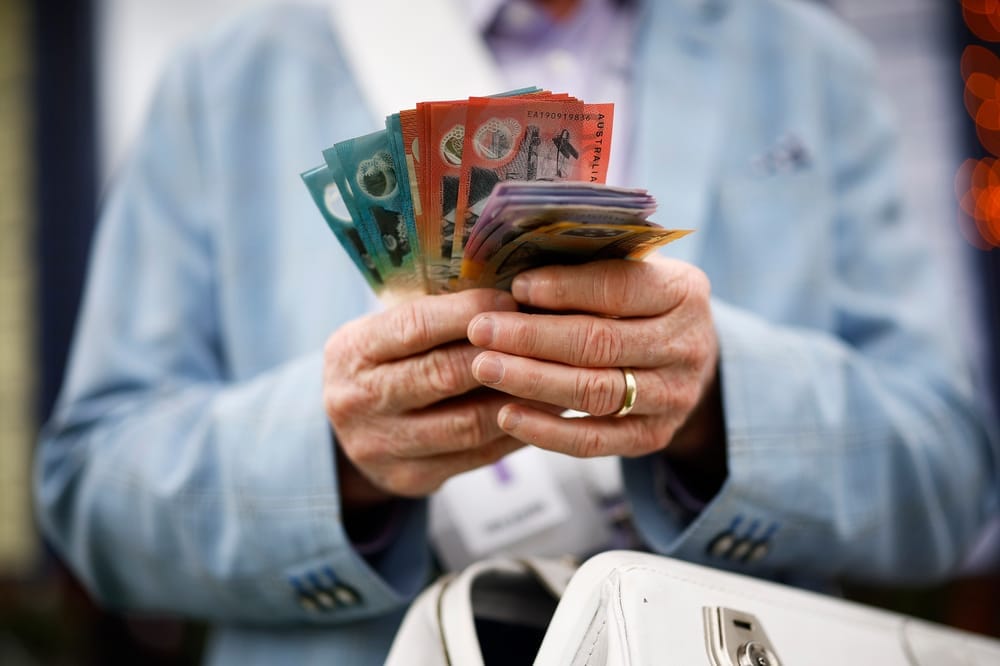
The most significant from an everyday punter’s perspective will be the incentive to offer free bets, which will no longer attract race fields fees.
“Last year was the first year I've seen in my time, in six or seven years, that free bet turnover actually went back year on year, down by 25 per cent year on year on Victorian product,” Morrison said.
“That was a driver of overall turnover declining year on year. So we want that to come back. We want the WSPs to have the incentive to continue to promote the product, particularly in the face of all this other regulatory stuff.”
The exchange discount will act as a further incentive for Betfair punters, which are overwhelmingly those who are price-driven, such as professional punters,
Asked if Racing Victoria was simply paying some of the POC rise back to the punter, Morrison was unapologetic, saying any reduction in costs for wagering operators would ultimately flow back to the market.
“So when we set the race fields, we're looking at it in the context of the total cost of the product, which includes the point of consumption taxes, GST, and how generosities are treated from a POC perspective as well as our product fee,” he said.
“And when we look at those costs combined, the total cost of product for a mid-tier operator is 55 per cent, 60 per cent, before they even have their own direct operating costs in marketing.
“In part, these changes, in a large part, are in response to the fact that POC has gone up in Victoria. It's a year of significant adjustment.
“We want to try and provide as much relief as we can within the confines of our business model and outcomes and not being able to absolutely drop income.”
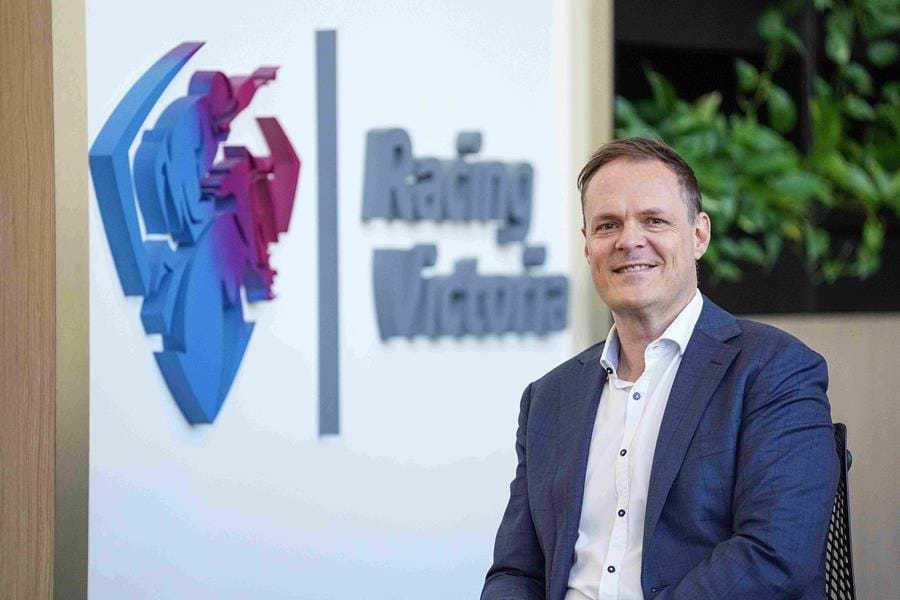
Racing Victoria’s new race fields regime was greeted with cautious optimism at this week’s Backing The Punt conference in Melbourne.
The consensus was that it didn’t go as far as bookies had wished, especially those at the smaller end who have had a 50 per cent drop in turnover the last 12 months, but that it was a substantial step in the right direction.
Morrison said anything that creates a sense of positivity and opportunity for the market should be welcomed.
“We want to try and create as much opportunity as we can for wagering operators to continue to promote our product,” he said.
“So it's some relief, but hopefully that change in risk profile is valuable to them and allows them to have a more confident mindset in terms of engaging with our products especially.”

